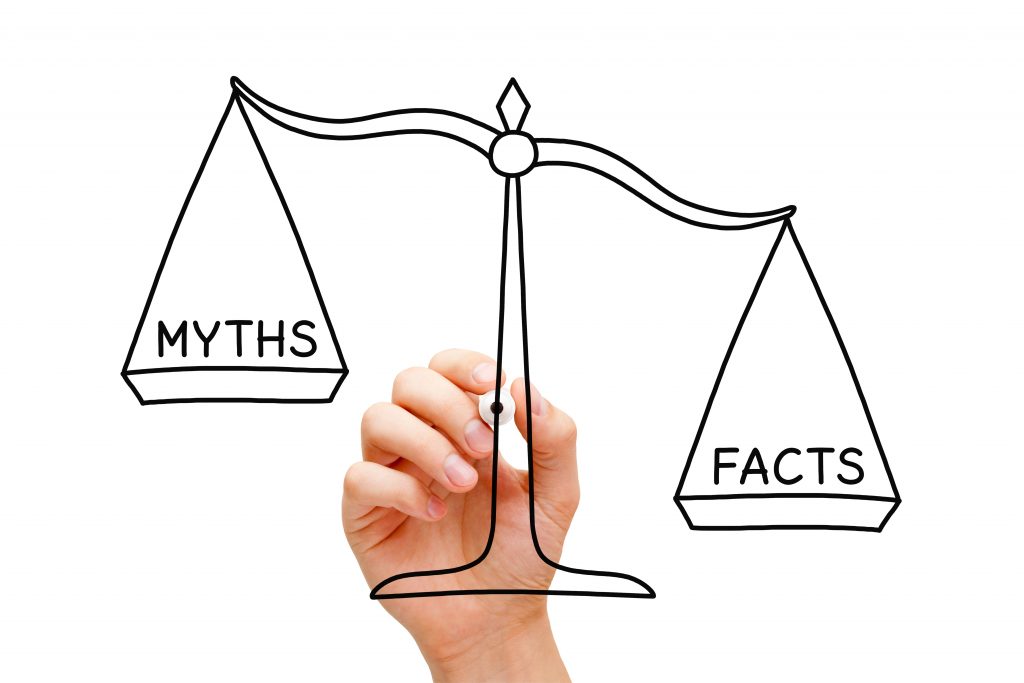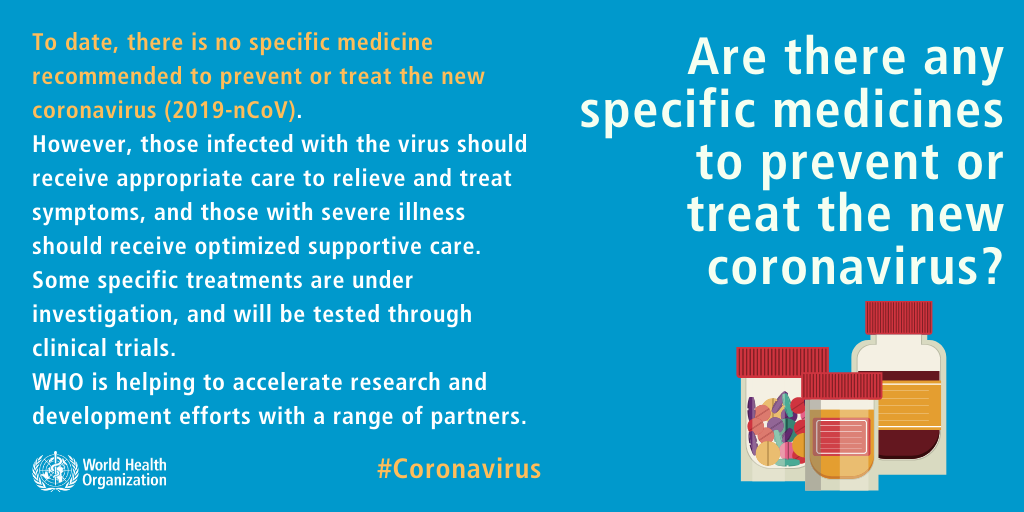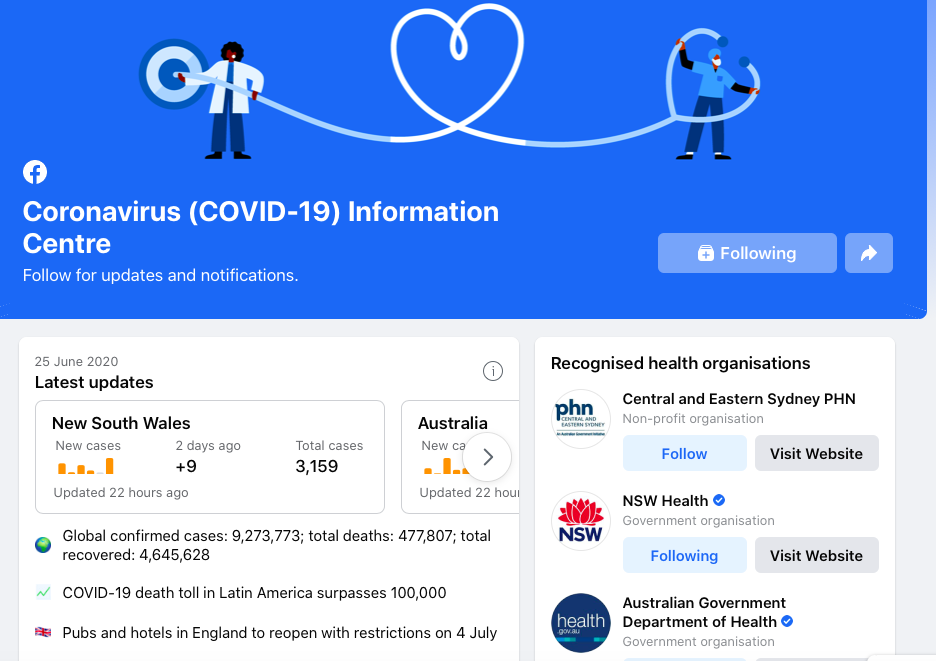Sorting fact from fiction in the COVID-19 pandemic
“Misinformation is something that we might expect for any major event that captures people’s imagination.”
So says Dr Greg Nyilasy, Senior Lecturer in Marketing and Management at the University of Melbourne.
“But in the case of COVID-19, the spread of fake news offers unique challenges and dangers to the public.”
Dr Nyilasy argues that messages from health authorities “compete in the newsfeed against misinformation or sensational news reports that are often more emotional and engaging, and thus more shareable.”

A cautionary example of misinformation lies with celebrity chef Pete Evans. He claimed—to his 1.4 million followers on Facebook—that his “BioCharger” device could be used to help with the “Wuhan Coronavirus.”
This claim, when investigated by the Therapeutic Goods Administration (TGA), had no basis. They fined him $25,200.
So how do we begin to sort fact from fiction?
How are authorities tackling misinformation?
Governments play a key role in tackling misinformation. As do health bodies such as the World Health Organisation (WHO). They provide clear, evidence-based and up-to-date information. Regular updates from these bodies help crowd out fake news.
For example, as misinformation spread across the internet and social media, the WHO launched a myth-busting campaign. To challenge each myth, they shared evidence-based statements such as:
- The coronavirus disease (COVID-19) is caused by a virus. NOT by bacteria.
- 5G mobile networks DO NOT spread COVID-19. Viruses cannot travel on radio waves/mobile networks.
- Drinking alcohol does not protect you against COVID-19 and can be dangerous.
- Adding pepper to your soup or other meals DOES NOT prevent or cure COVID-19.
- Spraying and introducing bleach or another disinfectant into your body WILL NOT protect you against COVID-19 and can be dangerous.
- To date, there is no specific medicine recommended to prevent or treat the new coronavirus (2019-nCoV).

For more myth-busting infographics that you can share, head to the WHO website.
What about social media?
As the coronavirus spread across the world, so did the spread of misinformation across social media. This has hindered some of the efforts of health authorities.
But, in response, social media platforms began to connect users to government-run websites and to create information hubs like this:

In addition, companies such as Facebook have begun removing content that makes dangerous claims, such as those that suggest drinking bleach cures the coronavirus.
How to fact check: stick with trusted information providers
Detecting fake news or information can be tricky. “This is because fake news often looks like real news – and we think we recognise a pattern,” Dr Nyilasy says.
If you see new information, Dr Nyilasy recommends you pause to consider things like:
- the source
- the type of evidence
- how it’s presented
- how your fears and feelings are impacting your assessment.
These are sentiments echoed by the Royal Australian College of General Practitioners (RACGP). In response to the barrage of fake news, the RACGP has launched a new campaign: Expert Advice Matters. RACGP president Dr Harry Nespolon urges people to “heed expert medical advice and ignore pseudo-scientific nonsense and myths that will ‘cure’ COVID-19 and all else.”
To speak with an InstantScripts GP:
© InstantScripts
Level 8 / 637 Flinders St.,
Docklands VIC 3008

